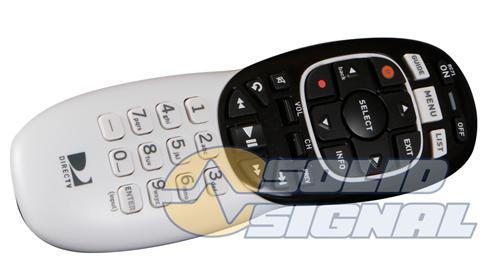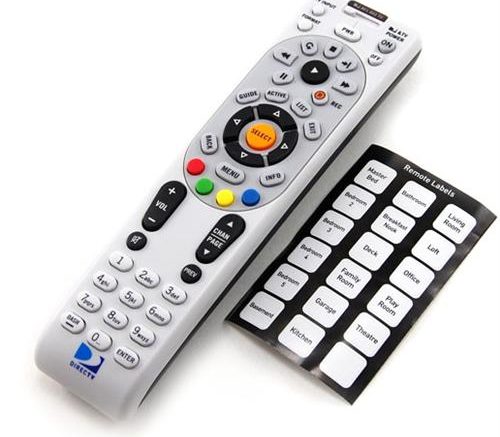Infrared remotes are so… last decade. They work well if you have them pointed directly at your device, but they don’t let you aim through walls, doors, or televisions. RF-capable remotes have been out for years and they’re just better in every way. Except one.
The real benefit of an infrared remote is that it can be universal. One remote can control your TV, home theater receiver, streaming box, the whole deal. That’s much better than a drawer full of remotes. Sure, you can use your phone for a lot of that stuff too but that can be even more inconvenient.
What you really want is a universal RF remote. Something that controls all the RF-capable equipment in your home. There are just a few issues with that.
Not everything is RF.
In fact, most devices today don’t use RF control. Your ceiling fan probably does, your garage door definitely does. Most new equipment has moved to IP control, in other words control over Wi-Fi or wired Ethernet. That’s what people want today. And of course they want things to be controlled by voice. So you’re not likely to see a big surge in RF-capable devices.
Not every RF is the same.
This is the bigger issue. This is the reason that RF remotes never really took off. Unlike infrared which is pretty common among all devices, different devices use slightly different frequencies. So if you were going to have a universal RF remote, it would need a chip that let it change broadcast frequencies. That would be expensive and the licensing costs to make it work that way might be an issue as well.
Hybrid remotes: Your best option
If you have an RF-capable device like a DIRECTV DVR or receiver, using the remote that came with it is your best bet. If you have an older device, use the white remote above. For Genie DVRs and clients, you’ll want this one (pictured below.)

Using the right remote means that you can control your DIRECTV box with that super RF power while your TV and audio device will still work over infrared. You’ll have to point the remote carefully for those other devices but at least you’ll be able to put the DIRECTV box behind the TV and it will still work.
Why two different remotes?
The RF system used in the older remotes is simpler. The newer remotes use a different RF implementation, on a completely different set of frequencies. DIRECTV moved to this new system to make the remote easier to program and because (supposedly) it would allow the remote to be updated with new codes anytime they wanted to do that. As far as I know, there have never actually been any updates to the remotes but the easy programming part makes it worth it anyway.
Converting an existing device to RF
If you like the RF control that you have over your DIRECTV devices, there’s a device that will let you control all your devices that way. It’s been around for years actually: This kit converts almost any infrared remote to RF by sending an RF signal that’s converted back to infrared at the device. You can add a cable that will let you control up to 6 devices this way. The kit’s been around for so long that our original video looks incredibly dated:
But it still works great. Bottom line folks, there will never be a universal RF remote, but if you’re looking for the next best thing, there are some great options at Solid Signal.





